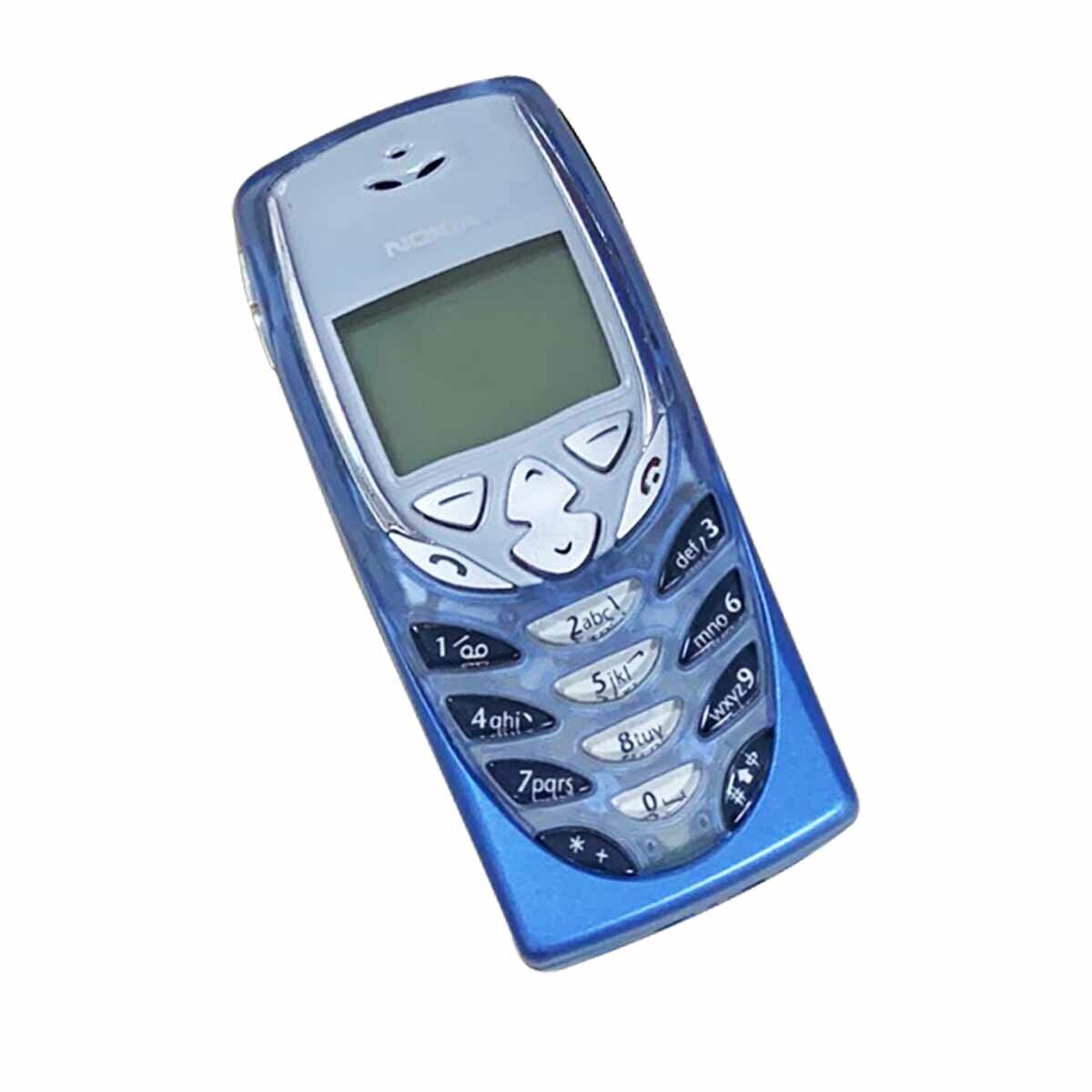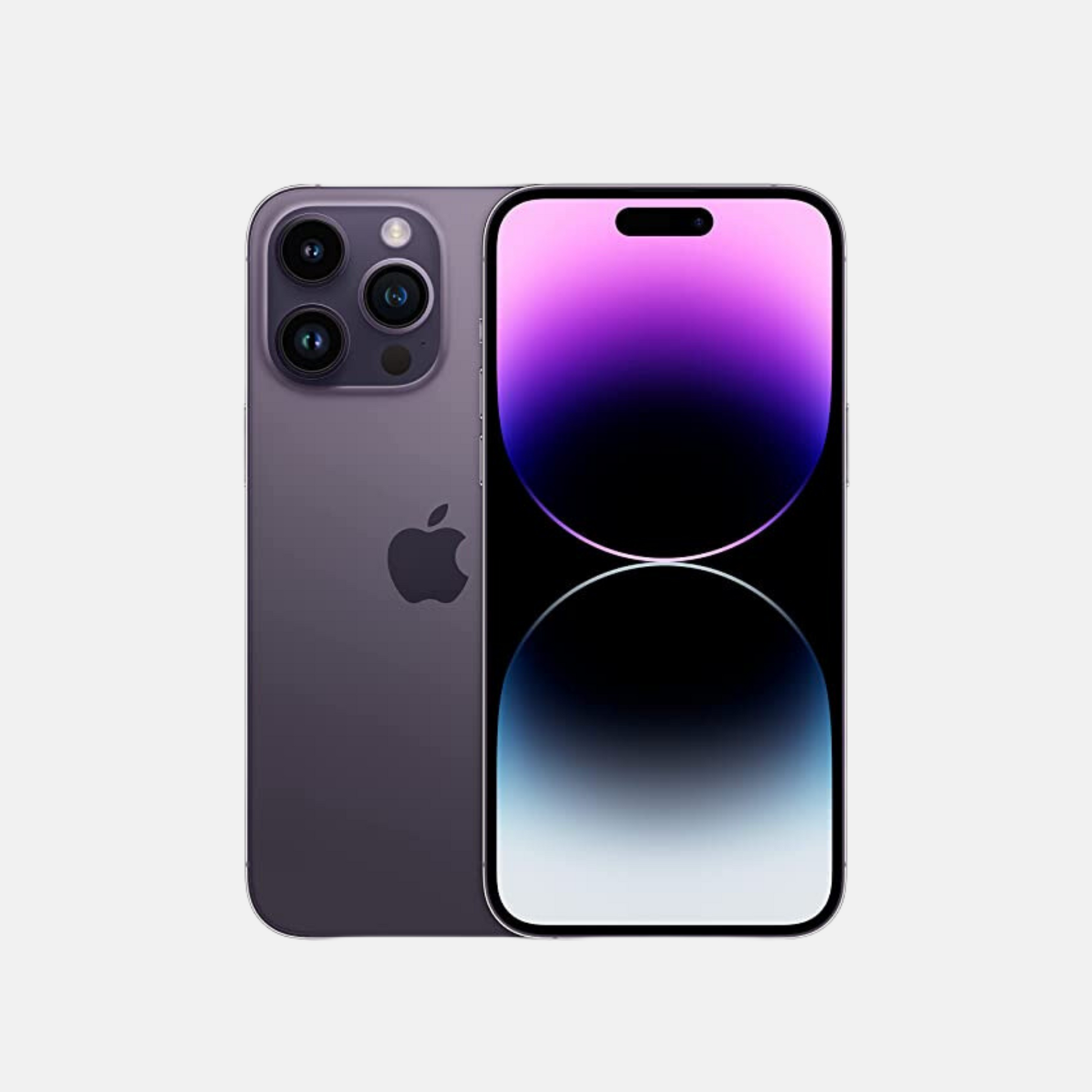 Introduction:
Introduction:
In today's interconnected world, it's hard to imagine life without the convenience of mobile phones. These pocket-sized devices have become an integral part of our daily lives, revolutionizing the way we communicate, work, and interact with the world around us. But how did the journey of the mobile phone begin? In this article, we'll explore the fascinating invention history of the mobile phone, tracing its evolution from humble beginnings to the ubiquitous devices we know today.
The Birth of Wireless Communication:
The roots of the mobile phone can be traced back to the late 19th century, with the invention of wireless telegraphy. Pioneered by inventors such as Guglielmo Marconi, wireless telegraphy enabled the transmission of telegraph messages over long distances without the need for physical wires, laying the groundwork for modern wireless communication technologies.
Early Attempts at Mobile Telephony:
- The concept of mobile telephony—allowing users to make calls from anywhere, rather than being tethered to a fixed location—began to take shape in the early 20th century. In the 1940s and 1950s, experiments with mobile radio telephony were conducted, primarily for military and emergency communications purposes. However, these early systems were bulky, expensive, and lacked the widespread availability and usability of modern mobile phones.

The Birth of the Cell Phone:
The true birth of the modern mobile phone can be attributed to the work of engineer Martin Cooper and his team at Motorola in the 1970s. In 1973, Cooper made history by placing the world's first handheld cellular phone call on a prototype device known as the Motorola DynaTAC. Weighing in at nearly 2.5 pounds and with limited battery life, the DynaTAC was far from the sleek, lightweight devices we use today. However, it laid the foundation for the mobile revolution to come.
Advancements in Cellular Technology:
Throughout the 1980s and 1990s, significant advancements in cellular technology paved the way for the widespread adoption of mobile phones. The development of digital cellular networks, such as the Global System for Mobile Communications (GSM), improved call quality, increased network capacity, and enabled features such as text messaging and data transmission.
The Rise of the Smartphone:
The turn of the 21st century saw the emergence of the smartphone—a new breed of mobile device that combined the functionality of a phone with the capabilities of a personal digital assistant (PDA). Devices such as the BlackBerry and Palm Treo introduced features such as email access, web browsing, and third-party applications, laying the groundwork for the smartphone revolution that would follow.
The iPhone Revolution:
In 2007, Apple changed the mobile landscape forever with the introduction of the iPhone. Featuring a revolutionary touchscreen interface, an intuitive user experience, and access to the App Store, the iPhone redefined what a mobile phone could be. Its sleek design, powerful features, and ecosystem of apps and services made it a cultural phenomenon, setting the standard for smartphones to come.
The Android Ecosystem:
Around the same time, Google entered the mobile market with the launch of the Android operating system. Built on open-source principles and designed to run on a wide range of devices, Android quickly gained traction as an alternative to Apple's iOS. The Android ecosystem has since grown to become the dominant platform in the global smartphone market, powering devices from a variety of manufacturers and offering users a diverse range of choices.
The Era of Innovation:
In the years since theintroduction of the iPhone and Android, the mobile industry has continued to innovate at a rapid pace. Advances in hardware, software, and connectivity have led to the development of devices with larger screens, faster processors, and more advanced camera systems. Features such as biometric authentication, augmented reality, and 5G connectivity have further expanded the capabilities of modern smartphones, enabling new experiences and use cases.
The Future of Mobile Technology:
Looking ahead, the future of mobile technology promises even greater innovation and transformation. Emerging technologies such as artificial intelligence, virtual reality, and foldable displays are poised to reshape the mobile landscape, offering new possibilities for communication, entertainment, and productivity. As mobile phones continue to evolve, one thing is certain: they will remain an indispensable tool for connecting with the world and shaping the way we live, work, and play.
Conclusion:
The invention history of the mobile phone is a testament to human ingenuity, creativity, and the relentless pursuit of innovation. From the early experiments in wireless telegraphy to the rise of the smartphone era, mobile technology has undergone a remarkable evolution, fundamentally changing the way we communicate and interact with the world around us. As we look to the future, the possibilities for mobile technology are limitless, promising to continue pushing the boundaries of what's possible and shaping the way we live our lives.



You must be logged in to post a comment.